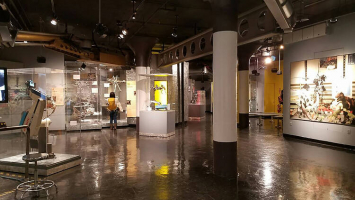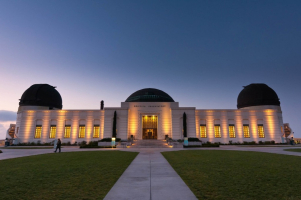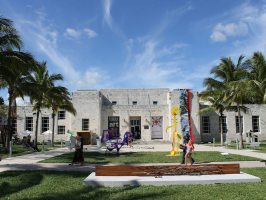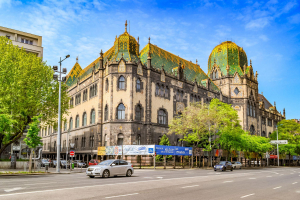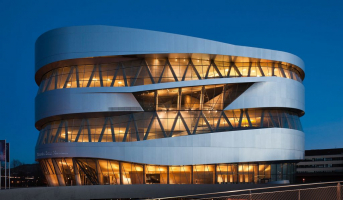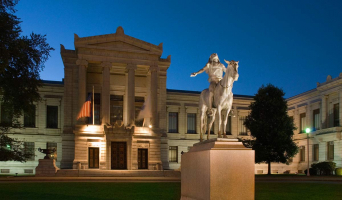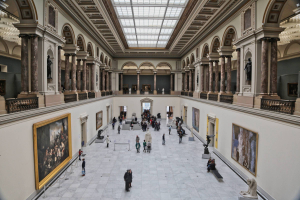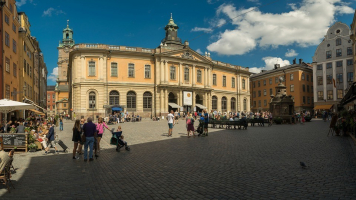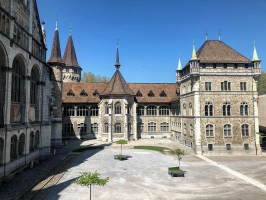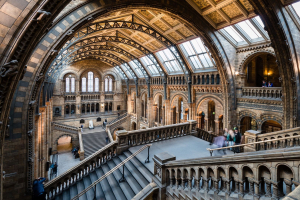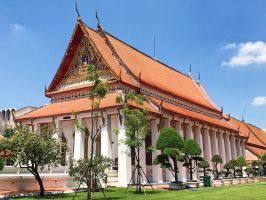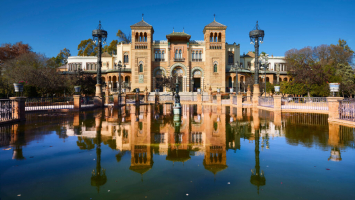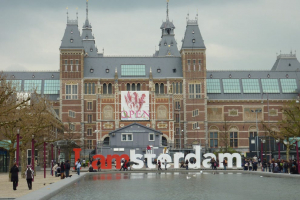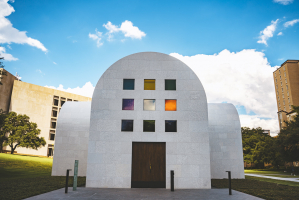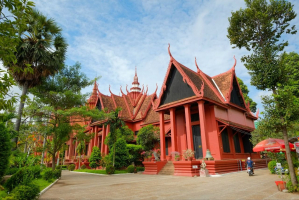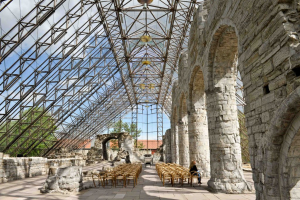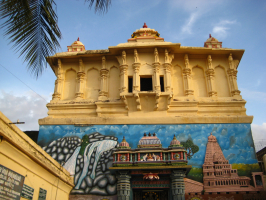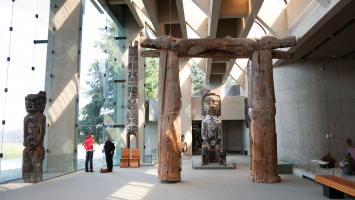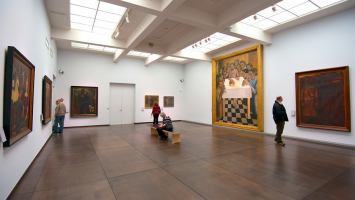Top 6 Best Museums to Visit in Ireland
Toplist has prepared a list of the greatest museums to visit in Ireland. Museums are a terrific opportunity to learn about Ireland's history and culture, ... read more...whether you're visiting or living there. Many museums in Ireland are dedicated to various parts of the country's history, from ancient times through the war for independence that led to the establishment of the Irish Free State in 1922 – and beyond. The best museums in Ireland are listed here.
-
The National Museum of Ireland is Ireland's most important museum, focusing on national and international archaeology, Irish history, Irish art, culture, and natural history. It has three Dublin locations: archaeology and natural history museums on Kildare Street and Merrion Square, a modern Decorative Arts and History branch in the former Collins Barracks, and the Country Life Museum in County Mayo.
The Natural History Museum is located on Merrion Street in Dublin and includes examples of animals from all over the world. Although it is part of the National Museum, it is commonly looked at as separate. Locals refer to it as the "Dead Zoo". Since the early twentieth century, its collection and Victorian look have remained almost unchanged. The most recent addition to the museum is Country Life. It was founded in 2001 and is located just outside Turlough village on the N5, eight kilometers east of Castlebar in County Mayo. The museum focuses on everyday life from the mid-nineteenth to the mid-twentieth centuries, with most of the collection originating in rural Ireland in the 1930s.
Location: "Collins Barracks" Benburb Street, Dublin, County Dublin D07 K850, Ireland
Website: museum.ie
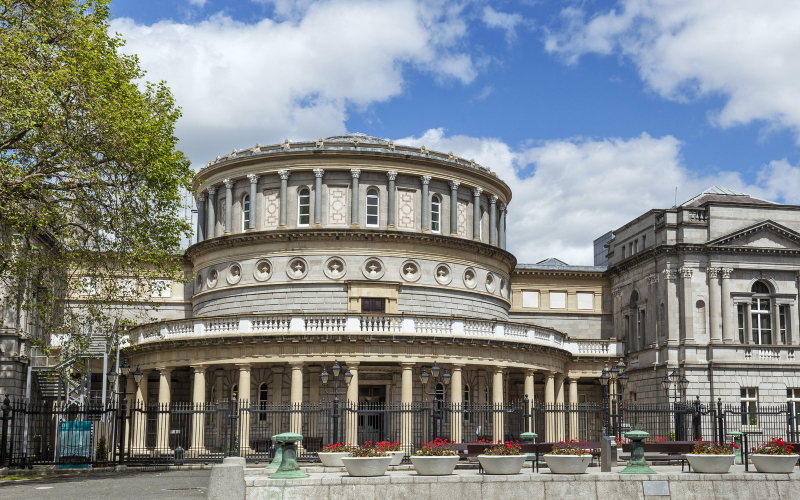
The National Museum of Ireland 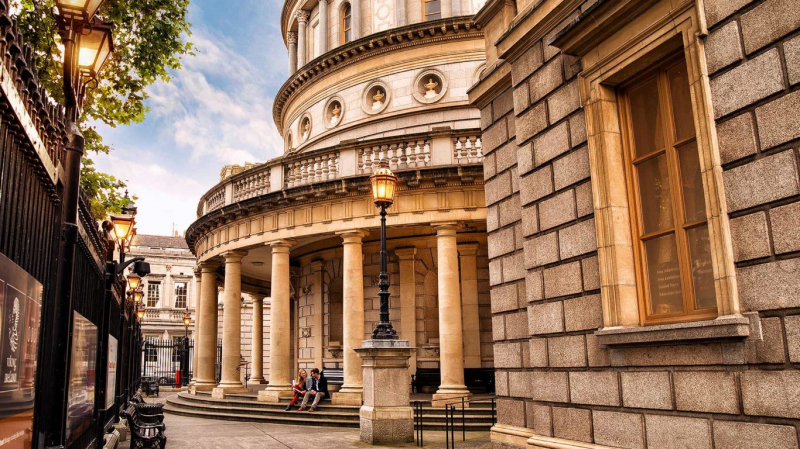
The National Museum of Ireland -
Dublin's Glasnevin Cemetery Museum, which opened in 1832, was voted Ireland's number one museum in the 2016 TripAdvisor Travellers' Choice Awards and was previously named Best International Museum at the UK's Museum and Heritage Awards for Excellence. It was one of the first cemeteries to open after a prohibition prohibiting Irish Catholics from burying their dead in their own cemeteries was repealed. Political leader Daniel O'Connell, who battled to abolish the legislation, is now buried here, along with other well-known cultural and revolutionary icons including Michael Collins and Constance Markievicz. The 'Milestone Gallery' within the museum tells the lives of 200 persons who are buried here.
The Glasnevin Trust, in collaboration with the Commonwealth War Graves Commission (CWGC), began locating the graves of Irish servicemen who died while fighting in the Commonwealth forces during World Wars I and II in 2009. These names are engraved on two monuments that were rededicated and moved near the main entrance in 2011. In a joint Irish-British remembrance service, a Cross of Sacrifice was raised in the cemetery to honor the centennial of the First World War. As of July 2019, there are 215 Commonwealth military men buried here from both World Wars.
Location: 11 Finglas Road, Dublin, County Dublin D11 PA00, Ireland
Website: dctrust.ie/location/glasnevin.html
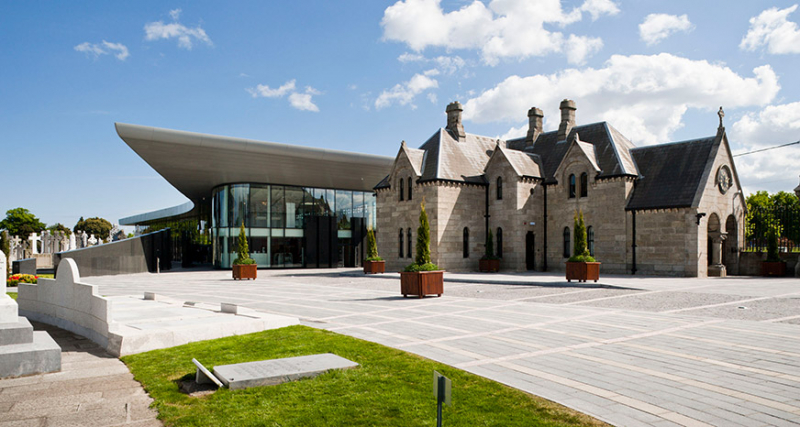
Glasnevin Cemetery Museum 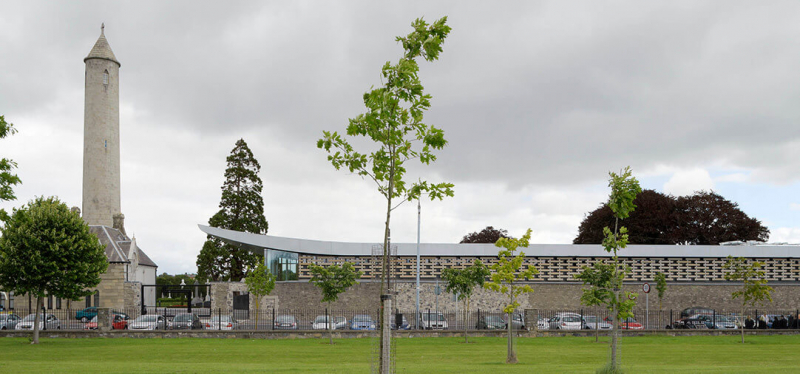
Glasnevin Cemetery Museum -
The Hunt Museum is an Irish museum located near Limerick. The Hunt Museum, which houses a personal collection provided by the Hunt family, was once housed at the University of Limerick until being relocated to its current home in Limerick's Georgian custom house in 1997. The Custom House is located on Rutland Street, near the junction of the Shannon and the Abbey Rivers. Works by prominent artists and designers like Pablo Picasso, Jack B. Yeats, and Sybil Connolly, as well as unique historical relics like the O'Dea Mitre and Crozier, are among the museum's collections.
The Hunt Museum has over 2,500 items from Ireland and beyond. Stone Age Ireland and ancient Egypt have the earliest fragments. The Antrim Cross (an early 9th-century cast bronze and enamel cross), costumes by Irish designer Sybil Connolly, Picasso paintings, and a bronze horse originally supposed to be a design by Leonardo da Vinci for a massive monument are among the items in the collection. Although the bronze horse resembles the Budapest horse, its authenticity was questioned in 2009. Some of the Hunt collection is also on display in Craggaunowen in County Clare, where John and Gertrude Hunt also made significant contributions.
Location: Rutland St., The Custom House Limerick County Limerick, Ireland
Website: huntmuseum.com
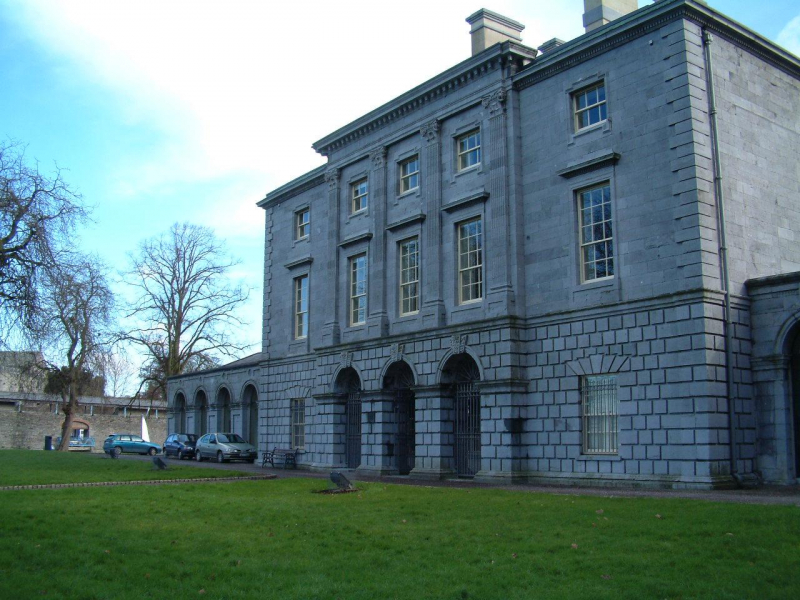
The Hunt Museum 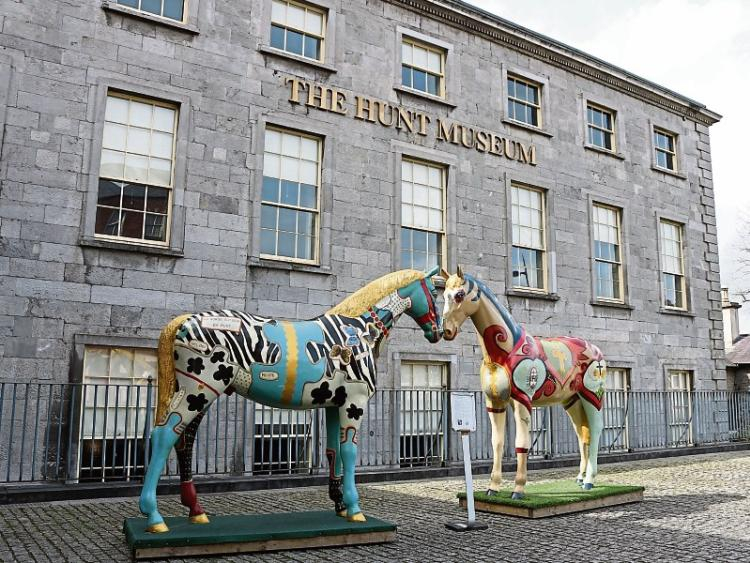
The Hunt Museum -
The Little Museum of Dublin is a local history museum in Dublin, Ireland, located on St Stephen's Green. Dublin City Council owns the museum, which is housed in an 18th-century Georgian mansion. The Little Museum is a local history museum in Dublin that documents the city's history in the twentieth century. It gives tourists an insight into living in Dublin during that historical period. The Little Museum was founded in April 2011 by director Trevor White and curator Simon O'Connor and officially opened to the public in October of the same year.
The Little Museum of Dublin is worth a visit just for the setting — it's housed in a lovely Georgian townhouse on St. Stephen's Green – but the displays revealing the city's rich history are the true draw. One exhibit is dedicated to the growth of the GAA (Gaelic Athletics Association) in Dublin, while another, named U2: Made in Dublin, examines the city's most renowned band.
Location: 15 St Stephen's Green, Dublin, County Dublin D02 Y066, Ireland
Website: littlemuseum.ie
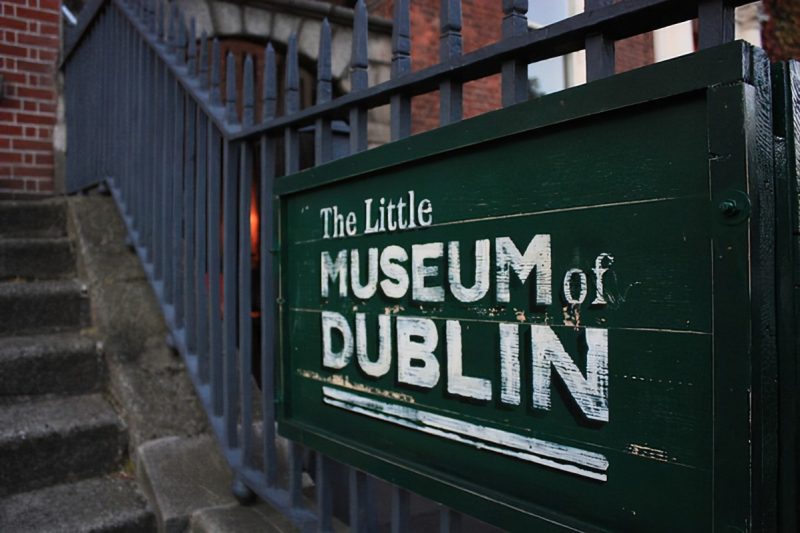
Little Museum of Dublin 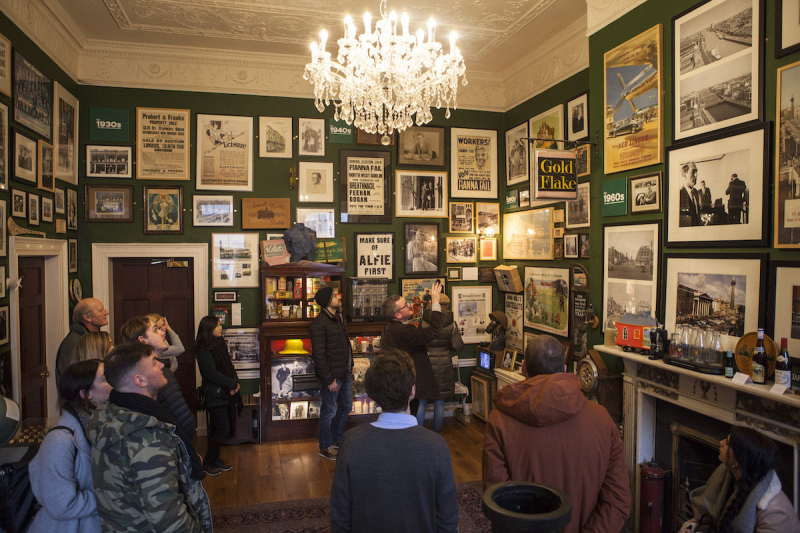
Little Museum of Dublin -
The Waterford Museum of Treasures is a museum dedicated to historical items from Waterford. The Waterford Museum of Treasures is made up of three museums in the Viking Triangle. The Waterford Charter Roll from the 14th century is part of its collection. The Waterford Treasures is a collection of three museums in Waterford's Viking Triangle, all within walking distance of one another. The museums recount the city's 1100-year-old tale, beginning with its creation in 914 by Viking sea pirates — the Viking Riches are housed in Reginald's Tower, and the treasures of the 18th, 19th, and 20th centuries are housed in the Bishop's Palace. It is Ireland's sole medieval museum, displaying all of the Middle Ages' magnificent artifacts.
The building's upper floor is dedicated to tales of Waterford's history, such as Ballybricken's pig markets, Waterford's Home Rule narrative, Waterford during WWI, Waterford's War of Independence, childhood, and home life in Waterford. As an International Museum of Heritage, the Waterford Museum of Treasures has won several accolades.
Location: Cathedral Square, Waterford, County Waterford X91 K10E, Ireland
Website: waterfordtreasures.com
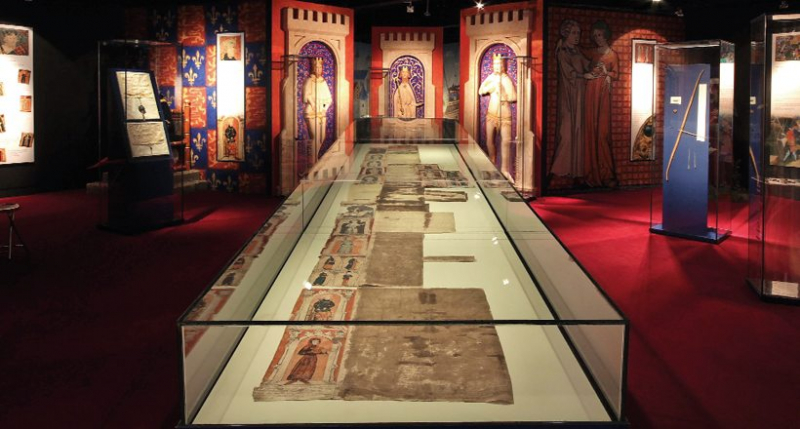
Waterford Treasures Medieval Museum 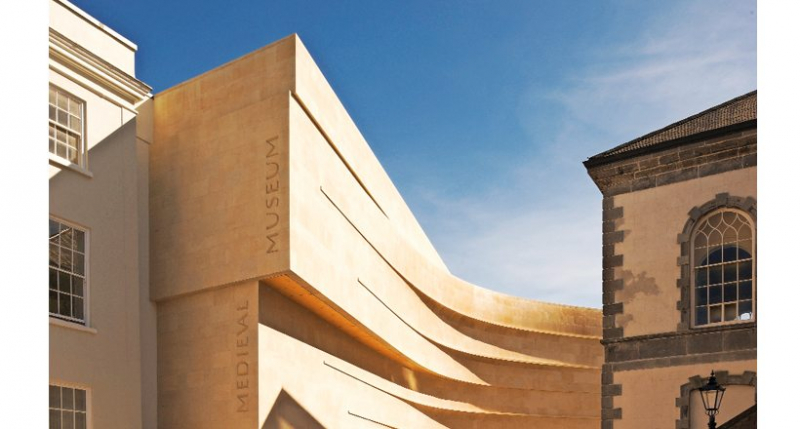
Waterford Treasures Medieval Museum -
This museum in Foynes, Co., is situated in the historic terminal building. From 1937 until 1945, Foynes was the hub of the aviation world, and Limerick remembers it fondly. A variety of intriguing displays and graphic images are used to tell the narrative. There's also a radio and weather room with transmitters, receivers, and real Morse code equipment, as well as an actual 1940s cinema. The sole full-size model of the B314 flying boat is also on display.
The Foynes Flying Boat & Maritime Museum vividly depicts how Foynes became one of the world's biggest aviation centres between 1937 and 1945. Walk in the footsteps of JFK, Bob Hope, Eleanor Roosevelt, and a slew of other dignitaries, actors, and refugees that landed in Foynes during WWII. This very unique narrative is portrayed throughout the historic terminal building via original film in a 1940's style theater, wartime displays, and several exhibits on the romantic flying boat era, including the opportunity to board a life-size model of the Boeing 314 Flying Boat.
Location: Main Street, Foynes, County Limerick V94, Ireland
Website: flyingboatmuseum.com
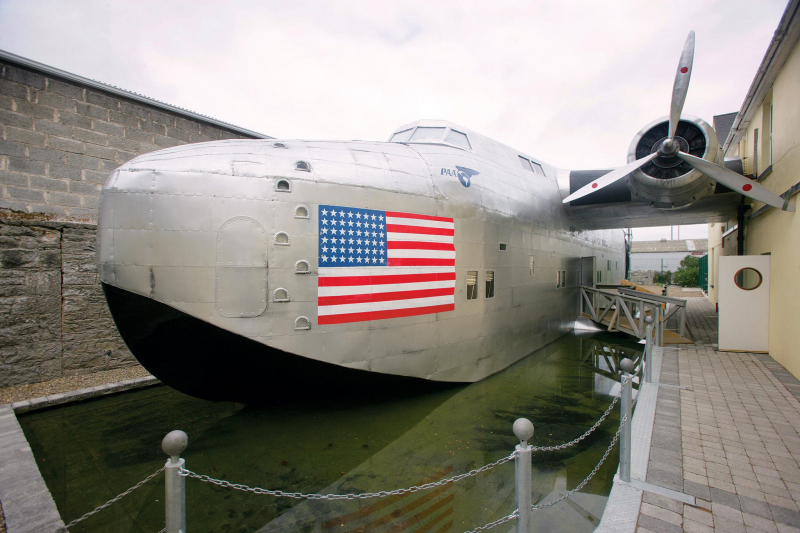
Foynes Flying Boat Museum 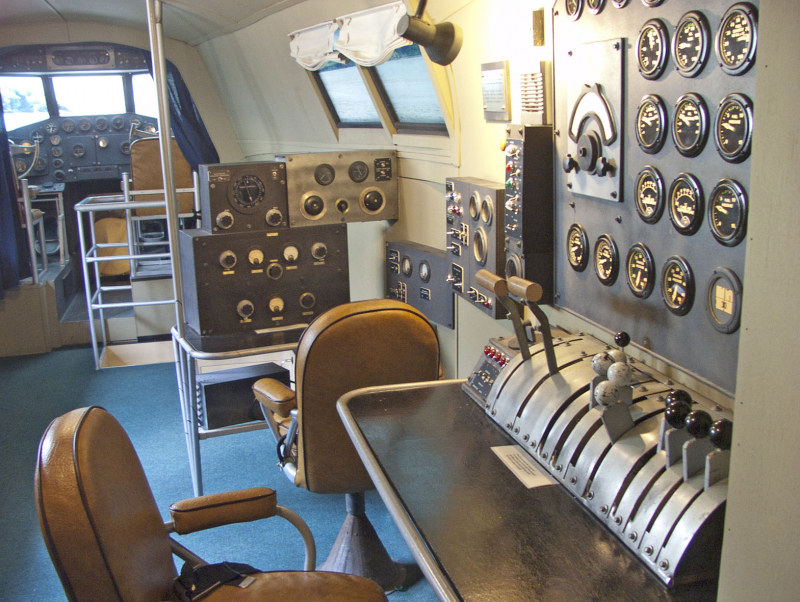
Foynes Flying Boat Museum








